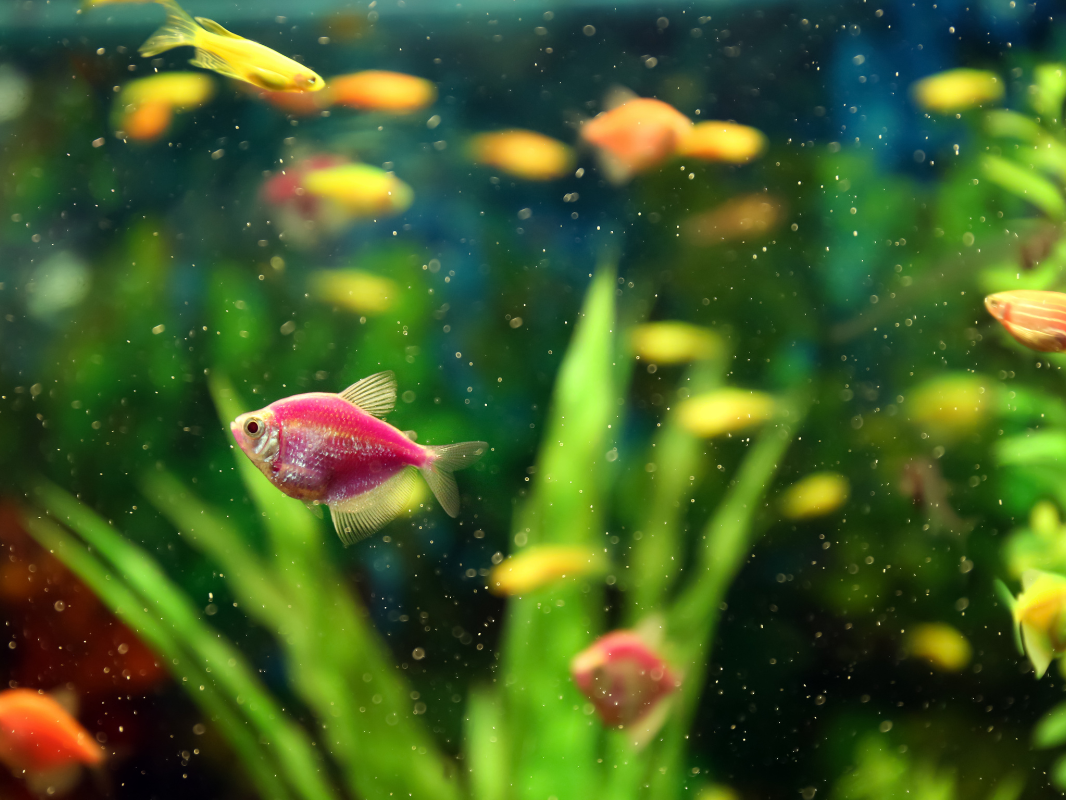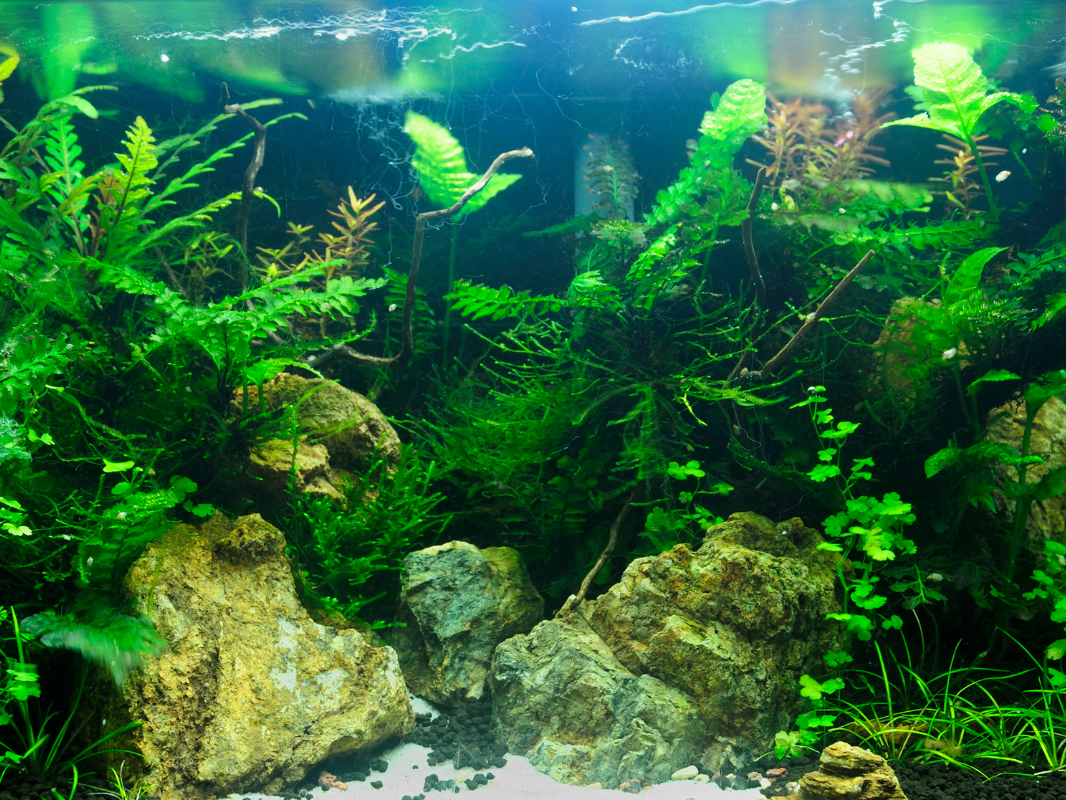Introduction to Omnivorous Fish Diets
Omnivorous fish are fascinating creatures, balancing their diet between plant and animal matter. This unique dietary habit makes them an intriguing subject for both hobbyists and scientists alike. In this article, we’ll dive into the world of omnivorous fish, exploring their dietary needs, feeding habits, and the best practices for ensuring their health and wellbeing.
Characteristics of Omnivorous Fish
Physical and Behavioral Traits
Omnivorous fish exhibit a range of physical and behavioral traits that are adapted to their diverse diet. These traits not only help them in foraging but also play a significant role in their survival in varied aquatic environments.
Common Omnivorous Fish Species
There are several species of fish that fall into the omnivorous category. Each species has its unique dietary preferences and requirements, which are fascinating to explore.
Register for our latest in-depth reviews and product round-ups from the experts
Enter your email address below to receive our twice monthly reviews emails.
By entering your details, you are agreeing to our terms and conditions and privacy policy. You can unsubscribe at any time.
Nutritional Requirements of Omnivorous Fish
Protein, Fats, Vitamins, Minerals, and Fiber Needs
Omnivorous fish need a well-rounded diet, rich in proteins, fats, vitamins, minerals, and fiber. This section will delve into the specifics of these requirements and how they impact the health of the fish.
Comparison with Carnivorous and Herbivorous Fish
Understanding how the dietary needs of omnivorous fish compare with those of carnivorous and herbivorous species can provide valuable insights into their unique nutritional demands.
Types of Foods Consumed by Omnivorous Fish
Plant Matter, Algae, and Meaty Proteins
The diet of omnivorous fish is diverse, including plant matter, algae, and meaty proteins. This section will explore the variety of foods these fish consume and their nutritional benefits.
Natural vs. Commercial Diets
There’s a significant difference between natural and commercial diets for omnivorous fish. Now we will discuss the pros and cons of each and what’s best for the fish’s health.
Feeding Habits and Patterns
Frequency and Quantity of Feeding
The frequency and quantity of feeding are crucial for the health of omnivorous fish. This section will guide on how often and how much to feed these fish for optimal health.
Impact of Feeding Habits on Health and Growth
Feeding habits have a direct impact on the health and growth of omnivorous fish. This part will delve into the consequences of both underfeeding and overfeeding.
Practical Guide to Feeding Omnivorous Fish
Feeding Strategies for Optimal Health
Feeding omnivorous fish can be a delightful yet challenging task. It’s not just about throwing in some flakes and calling it a day. This section will guide you through effective feeding strategies that ensure your fish are not only surviving but thriving.
DIY vs. Store-Bought Foods
Homemade Fish Food Recipes
Creating your own fish food can be a fun and rewarding experience. This part will provide some simple yet nutritious DIY fish food recipes that are perfect for omnivorous fish.
Choosing the Right Commercial Fish Food
While homemade foods are great, sometimes convenience wins. Here, we’ll discuss how to choose the best commercial food for your omnivorous fish, focusing on nutritional value and ingredient quality.
Seasonal Variations in Diet
Adjusting Diet with Seasons
Fish, like many animals, have different needs depending on the season. This section will explore how to adjust your fish’s diet as the seasons change, ensuring they get what they need year-round.
Tables: Seasonal Diet Adjustments
- Table 1: Summer Diet Plan
- Table 2: Winter Diet Plan
Feeding Young vs. Adult Omnivorous Fish
Dietary Needs at Different Life Stages
The dietary needs of fish change as they grow. This part will cover the differences in feeding young fish compared to adults and how to adjust their diet accordingly.
Common Mistakes in Feeding Omnivorous Fish
Overfeeding and Underfeeding
One of the most common issues in fish care is incorrect feeding amounts. This section will highlight the signs of overfeeding and underfeeding and how to avoid these common pitfalls.
Frequently Asked Questions
Omnivorous fish should typically be fed 1-2 times a day, with small portions to prevent overfeeding.
While some omnivorous fish can eat plant-based foods, it’s essential to provide a balanced diet that includes both plants and protein sources like fish flakes or pellets.
Look for signs of good health, such as vibrant coloration, active swimming, and a healthy appetite. Variety in their diet helps ensure they receive essential nutrients.
Monte Levin
Monte's journey in fish care started at a young age, fostering a connection with underwater ecosystems that goes beyond the surface. As our resident expert, he's dedicated to sharing his expertise and ensuring that every fish owner, from beginners to seasoned hobbyists, has the tools and knowledge needed to create a thriving aquatic environment.




